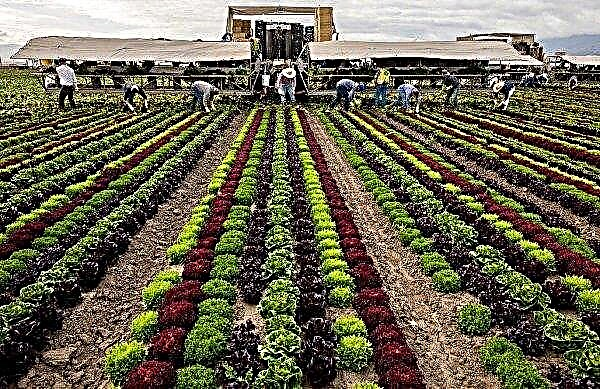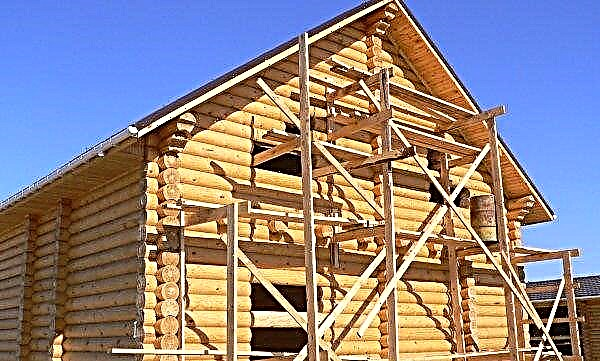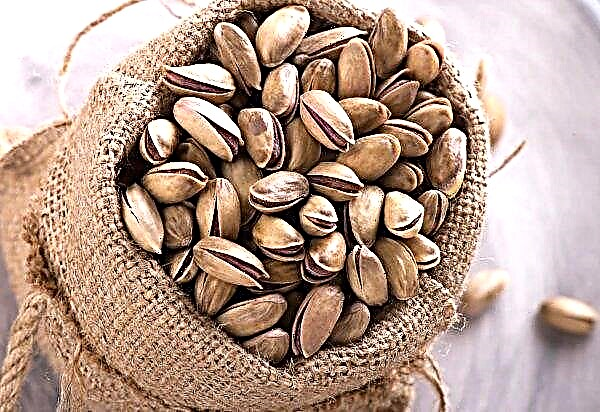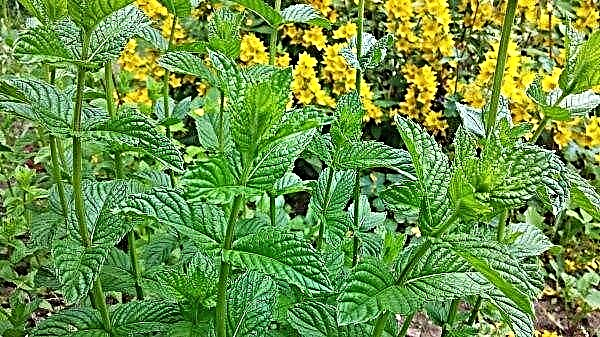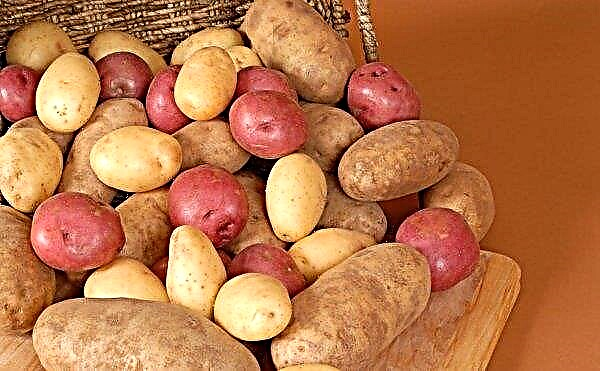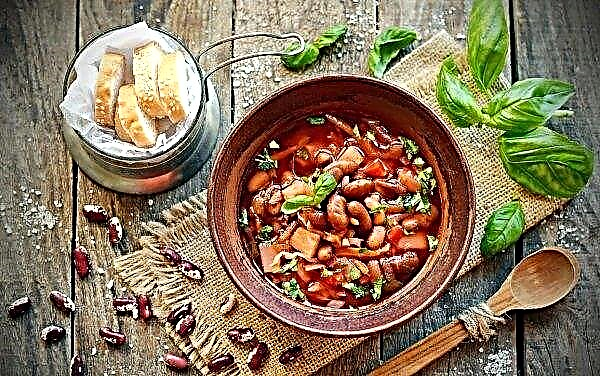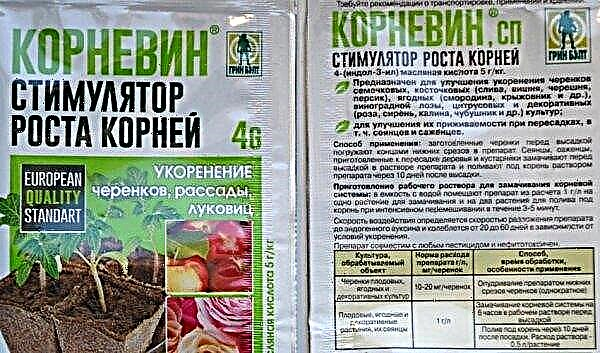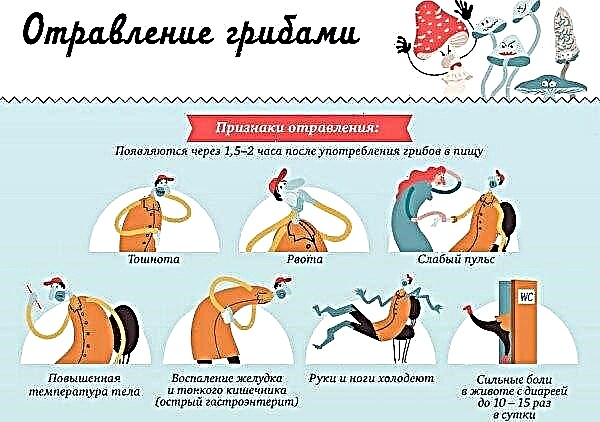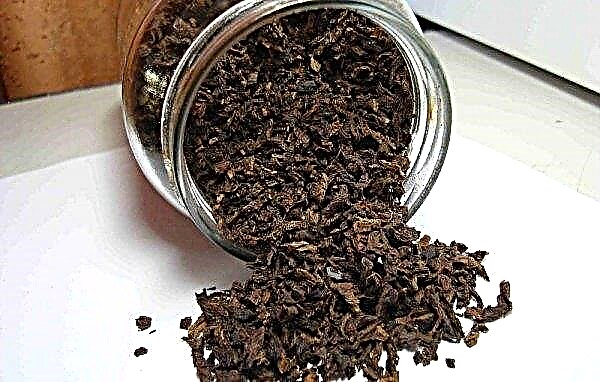A rich potato crop depends not only on the quality of planting material, but also on the proper preparation of the site - a whole range of works that are carried out starting from the fall. What you need to remember before they are carried out and how to organize the preparation of the soil is best useful for every gardener to know.
Why prepare the land for potatoes?
All efforts spent on preparing the soil for planting potatoes are subordinated to one goal - the cultivation of a healthy crop.
Did you know? Potatoes can be poisonous to humans. For poisoning, it is enough to eat 2-3 berries from a bush or 1 kg of green unpeeled tubers.
For this, the preliminary cultivation of the land provides:
- better soil moisture;
- giving it friability for high-quality aeration;
- crushing of large earthen lumps that impede the development of roots in potato bushes;
- uniform distribution of fertilizers in the plot;
- weed removal;
- disinfection of the earth.

Main tillage in the fall
After harvesting the previous crop on the site, they begin to prepare the land for the next year.
Soil peeling
Cleansing the soil involves removing weed roots. This is done using cultivators or plow cultivators.
The peeling is carried out to a depth of 8-10 cm in two tracks with disk cultivators, and on compacted rocks, the cultivation is carried out by cultivators.
Adding fertilizer
When the soil is loose, weeds are eliminated, then it is time to start feeding the site. In this period make:
- potash fertilizers;
- phosphorus-containing complexes;
- manure.

They close up to a depth of 10-15 cm, so that during the winter they qualitatively nourish the breed.
Autumn plowing
The final stage of the autumn preparation of the land for planting potatoes is plowing.If the autumn turned out to be wet, then the treatment is carried out using cultivators equipped with heavy tooth harrows. In dry weather, it is better to replace them with ring-spur rollers.
The processing of heavy soil masses has its own characteristics. They are cultivated by chaffinch plowing, due to which a loose layer is formed on the surface and fertilizers are evenly distributed.
Important! If planting potatoes is planned in light sandy soils, which are characterized by rapid shrinkage, then in the fall they are not plowed.
Presowing treatment in the spring
Land rested during the winter must be freshened so that it is finally ready before planting potatoes.
Plowing
Experienced gardeners argue that spring plowing, taking into account the characteristics of the soil, contributes to a better crop. For this, it is worth remembering that the dump deep (up to 30–35 cm) processing is suitable for:
- black earth;
- floodplain soils;
- peat soils.

But sod-podzolic areas are plowed with plows without dumps or with subsoilers, loosening the earth to a depth of 25-30 cm.
Harrowing
This spring procedure is necessary to retain moisture in the soil for a future crop. During harrowing, the soil on the surface of the earth is crushed, and its ball prevents evaporationm. For a better result, the procedure should be carried out with heavy harrows.
In addition to moisture retention, such loosening of the soil allows for high-quality heating of the soil, and oxygen saturation ensures the vital activity of beneficial microorganisms.
However, it is important to choose the right time for harrowing. If you hold it too early, the moist soil due to plowing will be even more compacted. If you are late, then the earth will lose moisture and become covered with a dry crust.
Important! The best time for harrowing the garden is when clods of earth begin to take on a grayish color.
Cultivation
Cultivation differs from the previous procedure in that the tool loosens the ground, however, it does not invert soil layers, therefore moisture is retained.
This is the last step in preparing the soil for planting potatoes. For this culture, inter-row cultivation is recommended.. It is carried out previously before planting, and after it is organized as necessary in the process of growing potatoes.
During the first spring sowing, cultivation is done at a depth of 6–16 cm: the faster the soil dries, the deeper the plowing is done. In the future, the standard cultivation depth in such cases is 12 cm, however, if weeds are actively growing on the site, the treatment is done deeper, up to 14 cm.
Summer tillage
As the potato bushes grow, the soil beneath them also needs care. So that weeds do not interfere with the growth of the culture, do not provoke the appearance of pests or the development of diseases, It is necessary to regularly organize:
- weeding;
- loosening;
- cultivation if possible.

Potato negatively reacts to soil compaction or excess moisture, so this study helps to create optimal conditions for tubers and provides high-quality aeration of the soil.
Did you know? Before potatoes, the main root crop in Russia was turnip, about which even fairy tales were written.
Now you know how to prepare the site before planting potatoes. Using these recommendations, it is necessary to take into account the peculiarities of the soil, climatic conditions, and then an excellent harvest will not be long in coming.

